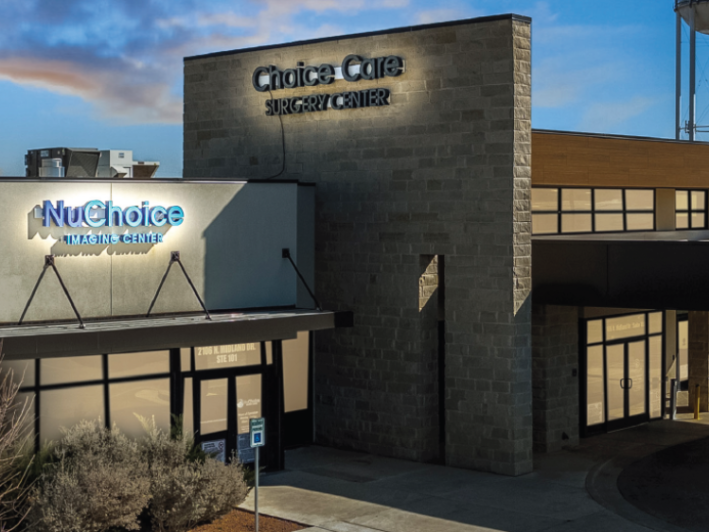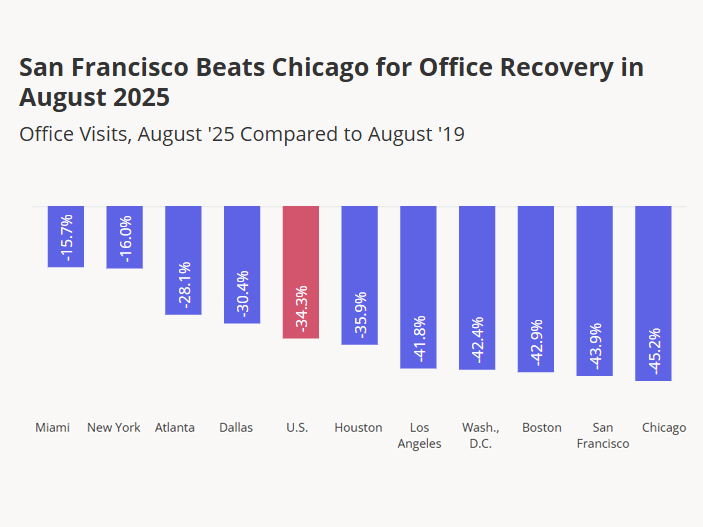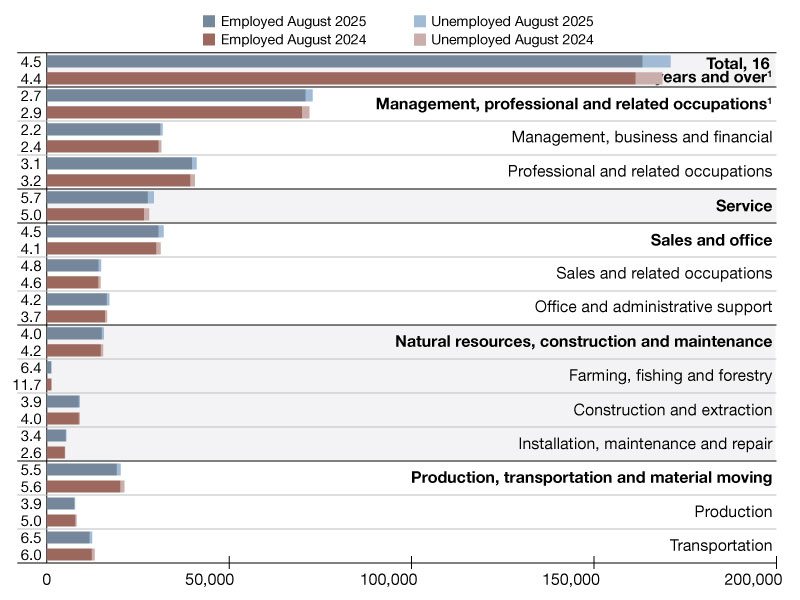Boots-on-the-Ground Look at Lexington’s Office Scene
Why Coleman Group’s Bob Cole is optimistic about the growth of this Kentucky market.

The office market in Lexington, Ky., a city known for its rich educational and health-care infrastructure, is showing resilience and adaptability.
With an average vacancy rate of 11.2 percent in 2024, according to CommercialCafe, and increasing focus on workplace quality and flexibility, property owners and managers are rethinking their leasing strategies and service delivery to cater to tenants’ latest needs.
Commercial Property Executive asked Coleman Group Principal Bob Cole, a seasoned property management professional overseeing a sizeable portfolio of Class A and B office spaces across Central Kentucky, to share his perspective on the evolution of the office market in the heart of the Bluegrass region.
In what way has the nationwide shift toward hybrid work models impacted office space utilization in the Lexington area?
Cole: In 2021, I did several interviews with the local paper about remote work. At that time, I said that remote work would only work for certain businesses. For example, computer programmers, call center service workers etc. I felt like 25 percent of the current office occupiers would be affected. I believed that employees needed and wanted oversite, direction and management.
I strongly believe that employees need interaction and collaboration with their coworkers. In my professional experience, this maximizes the performance of the team. Social interaction was a key reason for my beliefs.
What about today? How have you adapted your property management strategies to accommodate the rise of hybrid work models?
Cole: Interestingly enough, if you fast forward to today, we have record occupancy percentages in our office buildings due to many companies mandating workers to return to the office. The need to adapt has not been a real issue for Central Kentucky’s traditional office spaces. However, should these conditions change, we are very focused on impact going forward.
For example, we are focused on reducing utility consumption on Mondays and Fridays, as some companies allow flexibility on those days. If you adjust temperatures and other sources of utility usage to accommodate days where less employees are in the building, this will reduce overall operating costs.
Meanwhile, are you seeing increased interest in flexible office space solutions? How are you responding?
Cole: Yes, we have seen some increased interest in our coworking companies, but not so much in our overall traditional office portfolio. We manage Class A assets for the most part or Class B. We have placed more focus on business occupiers looking for long-term leases but with first class finishes. A great deal of interest in our coworking locations has come from smaller, locally owned companies that don’t need a particularly large amount of space for their operations.
READ ALSO: Most Popular Return-to-Office Policies Surprise Experts
What are the most effective tactics you’ve used to keep vacancies low across your portfolio?
Cole: We have refurbished our common areas and restrooms to provide spaces that are not only aesthetically pleasing but provide extra amenities for the tenants as well. We have updated our HVAC systems and changed our lighting to LED fixtures. We have also increased our property management services to reflect more of hotel-style management, rather than traditional office management.
Are there any particular Lexington submarkets where you see strong potential for growth?
Cole: Due to high construction costs, there has been very little new office product constructed. The suburban areas presently have the highest concentration of office space. In Lexington specifically, there are two areas: the South Side and the East Side close to interstate. These areas offer the most opportunity and availability of land.
To what extent have large infrastructure projects, like the Hamburg Connector, influenced office space demand and tenant interest across the area?
Cole: Hamburg has great amenities and world class development. The residential explosion increased all sectors of business to the area and because of that, I predict future office development will happen in this area. The ability to live, work and play is highest in Hamburg and related properties.
What’s your long-term outlook for Lexington’s office market? Do you have a message for companies considering relocating to or expanding into the area?
Cole: Quality of life, educational excellence and health care are just some of the highlights of our Lexington community. Our Central Kentucky placement also gives us a geographic advantage for distribution. The University of Kentucky’s medical center has spent over a billion dollars on expanding their footprint. The University of Kentucky offers support to our growing community through not only education, but medical research as well.
On top of the medical and educational benefits, we are considered the Thoroughbred capital of the world and the largest producer of bourbon. We have an abundance of land to offer those who are looking to grow. The horizon looks very promising for our Lexington office market and I have an optimistic view of continued growth.







You must be logged in to post a comment.